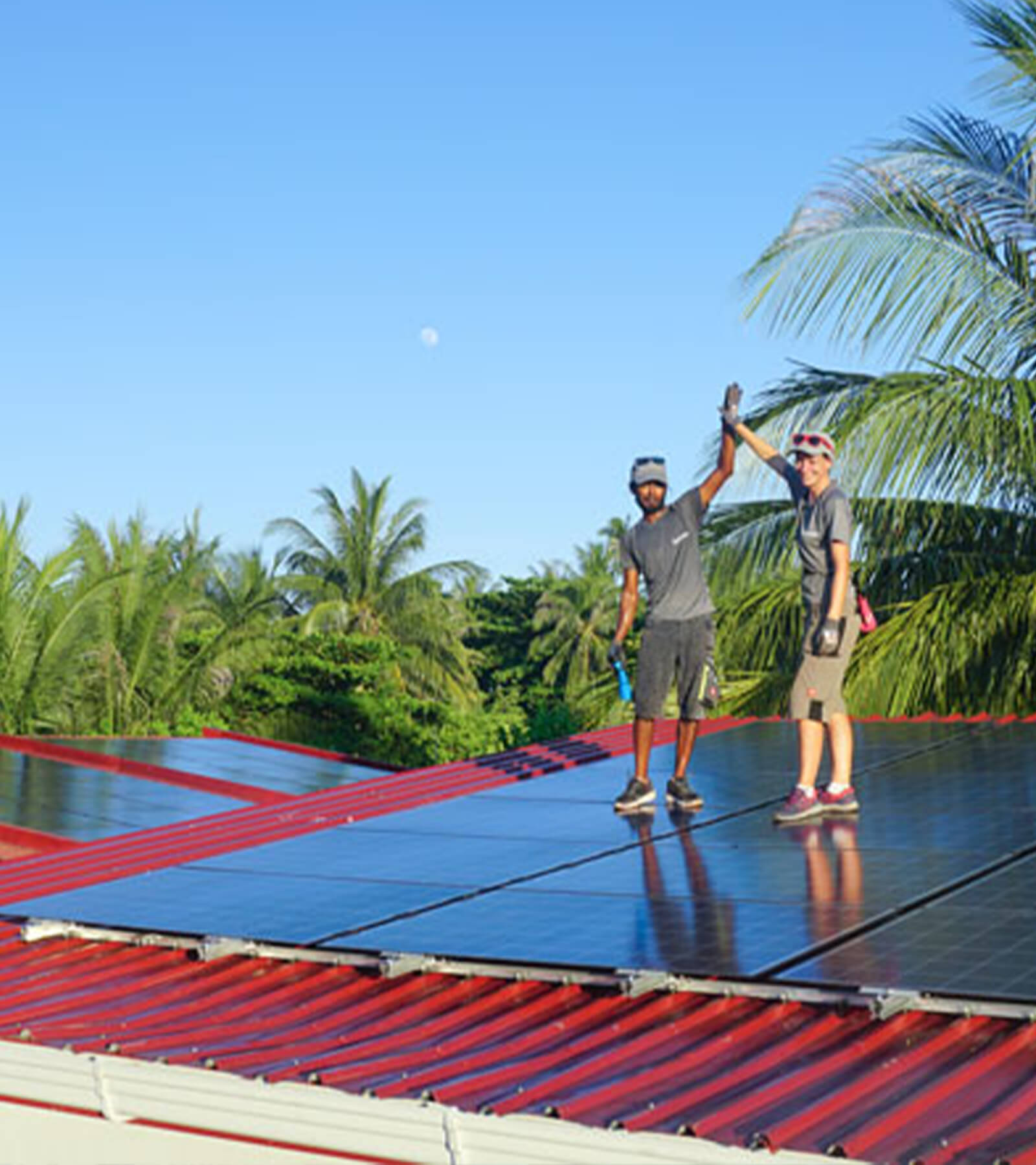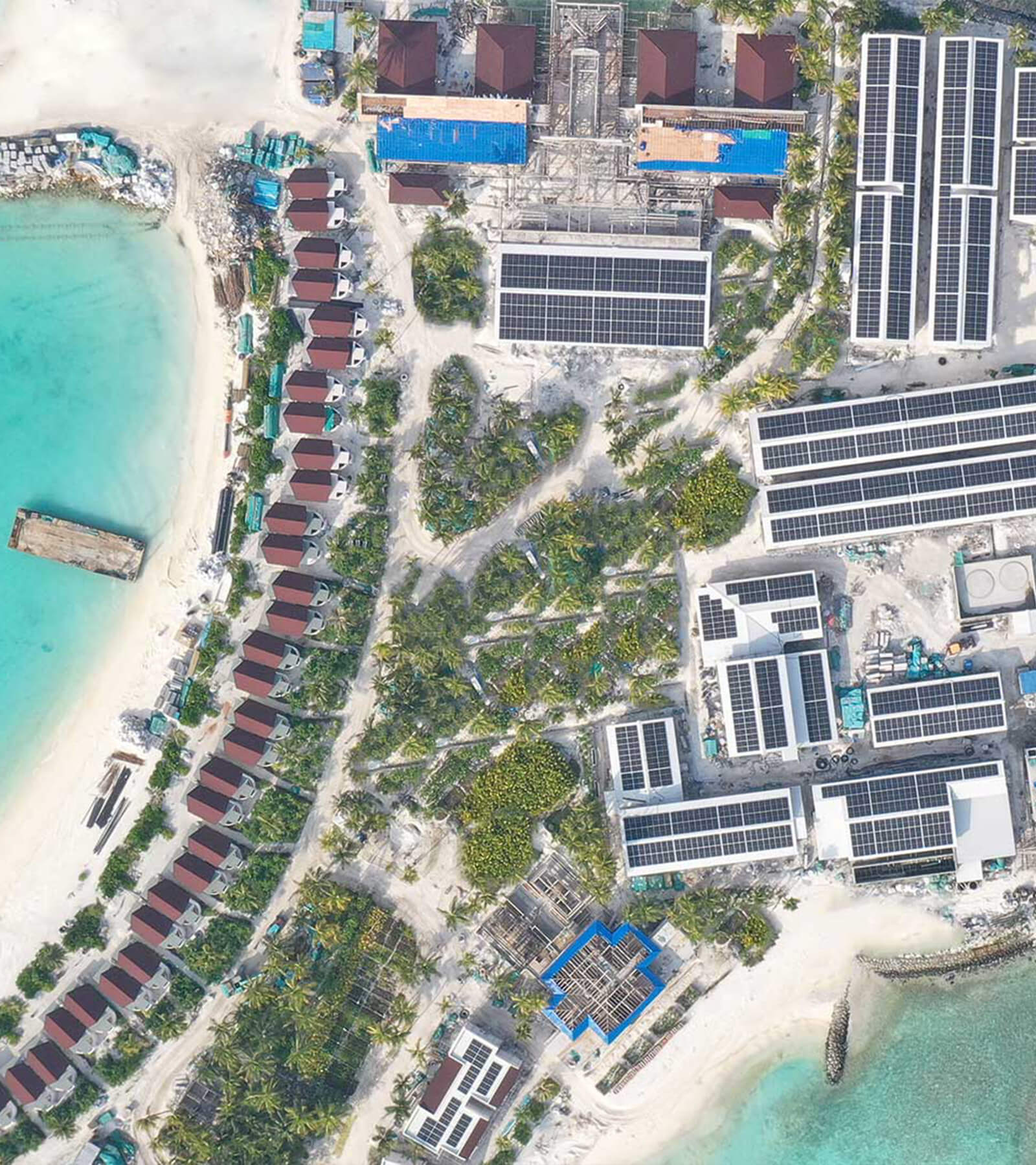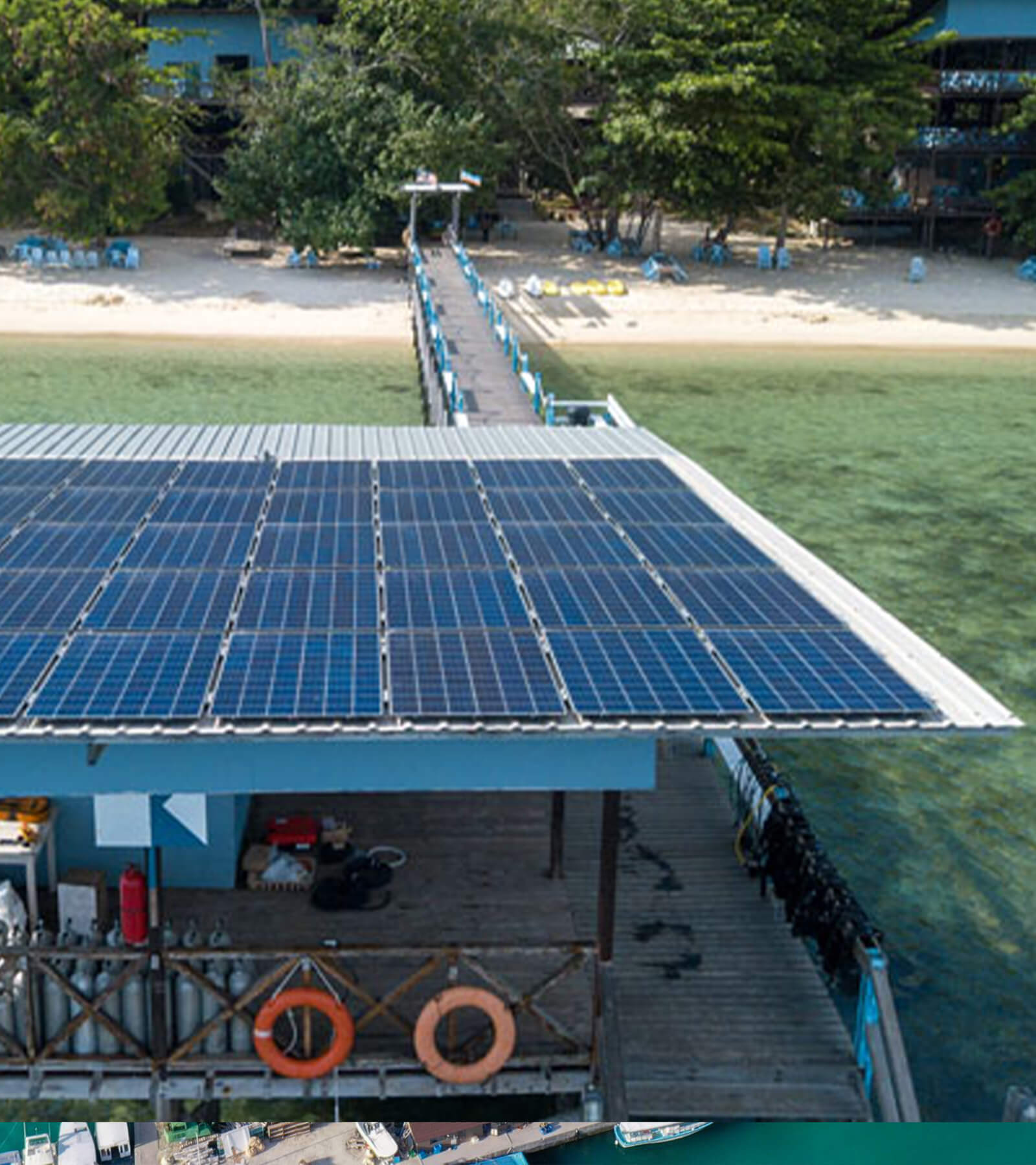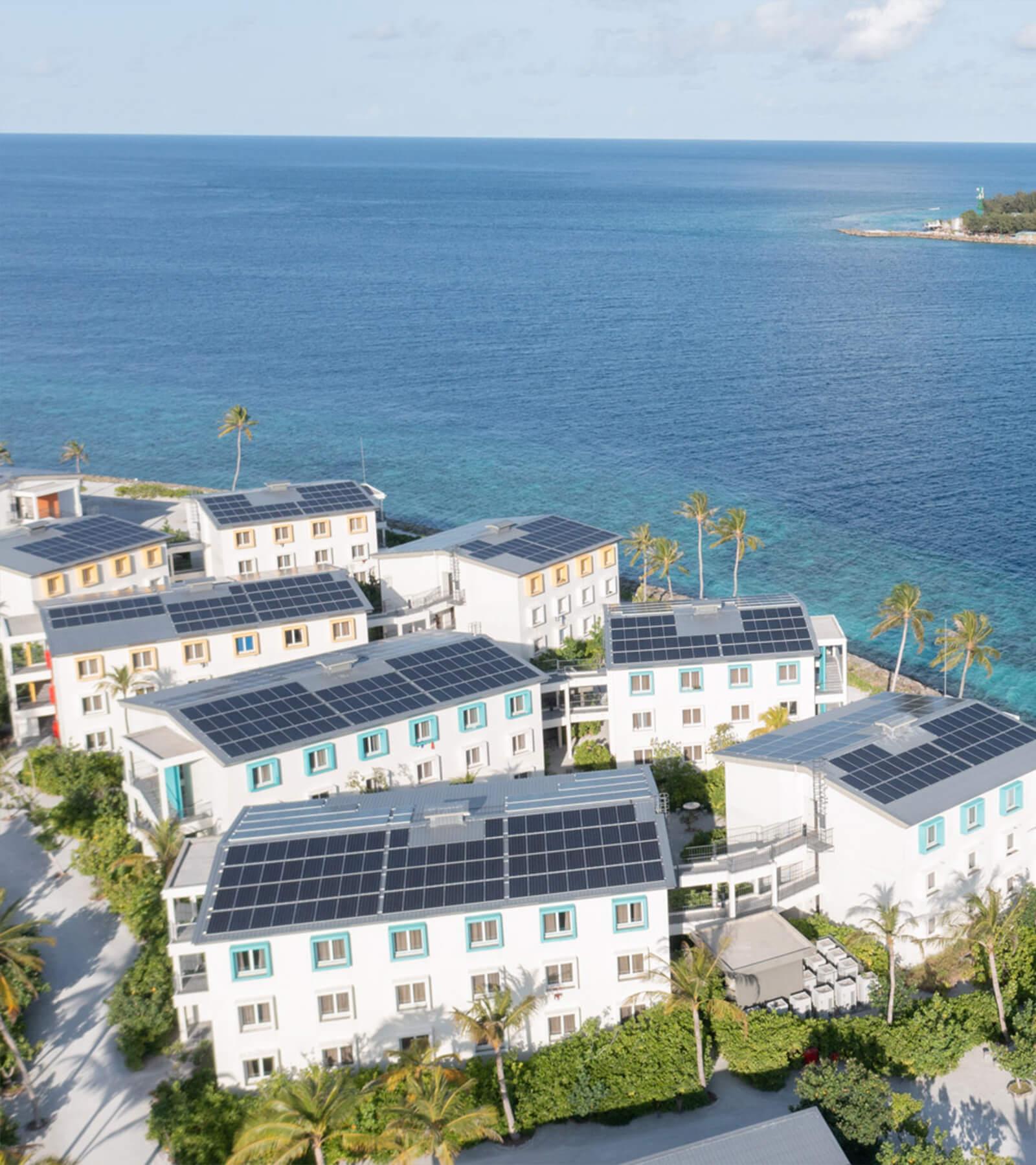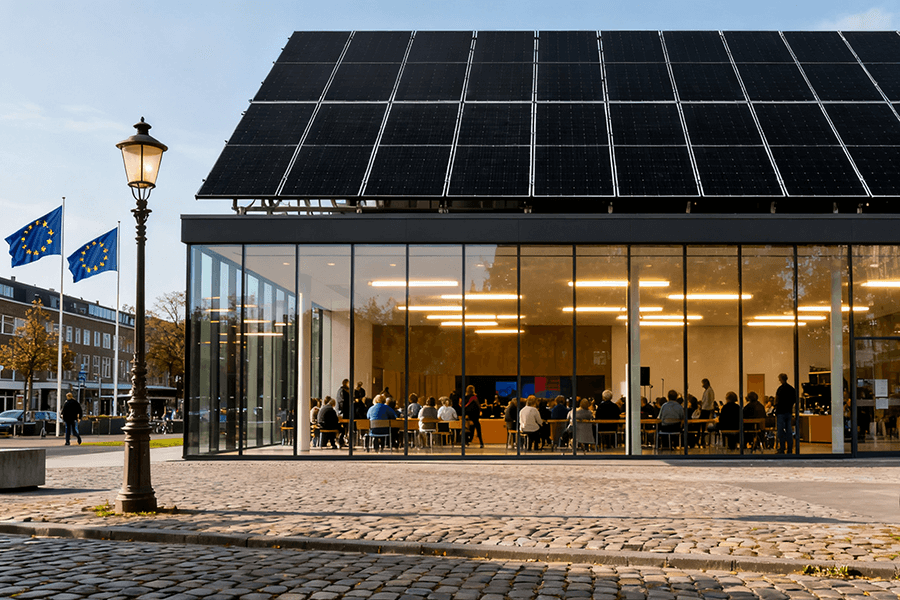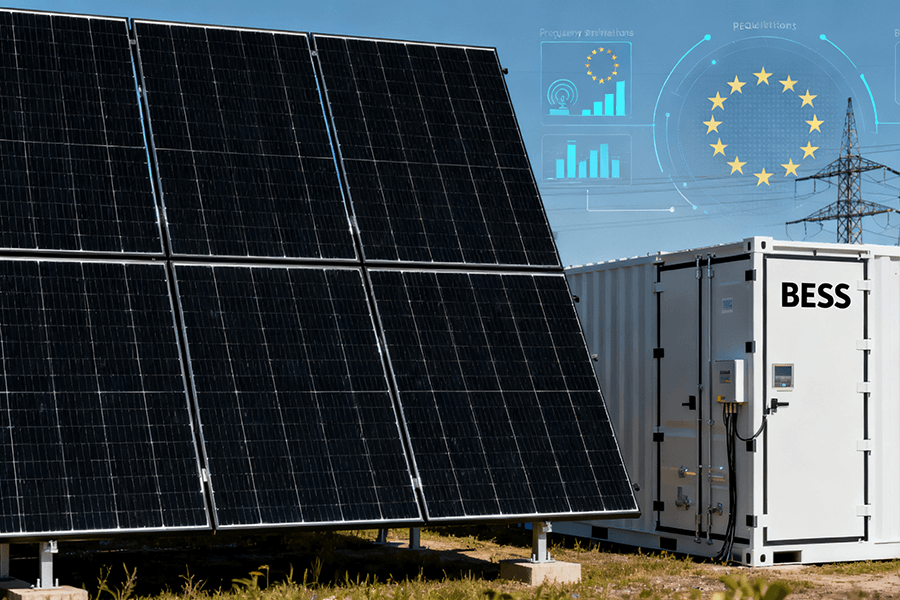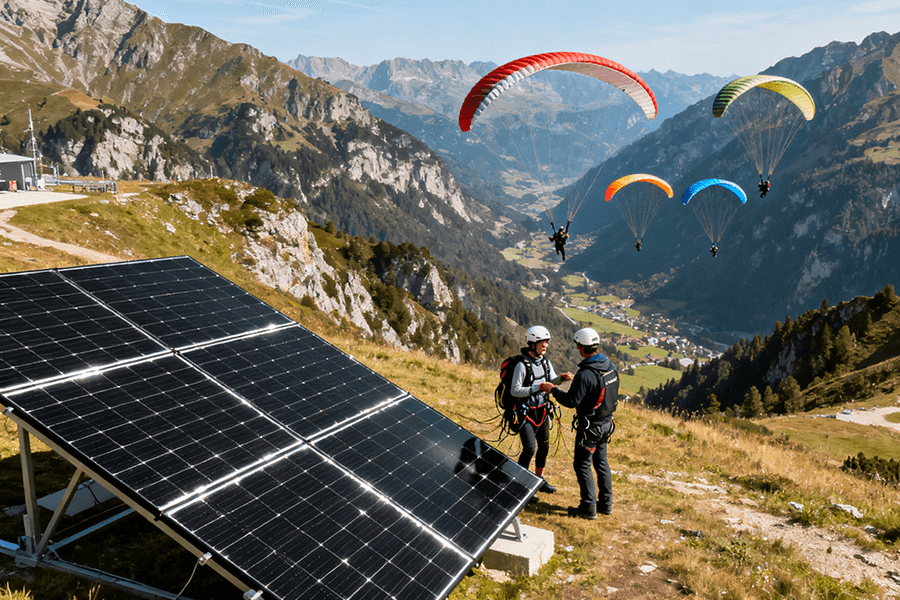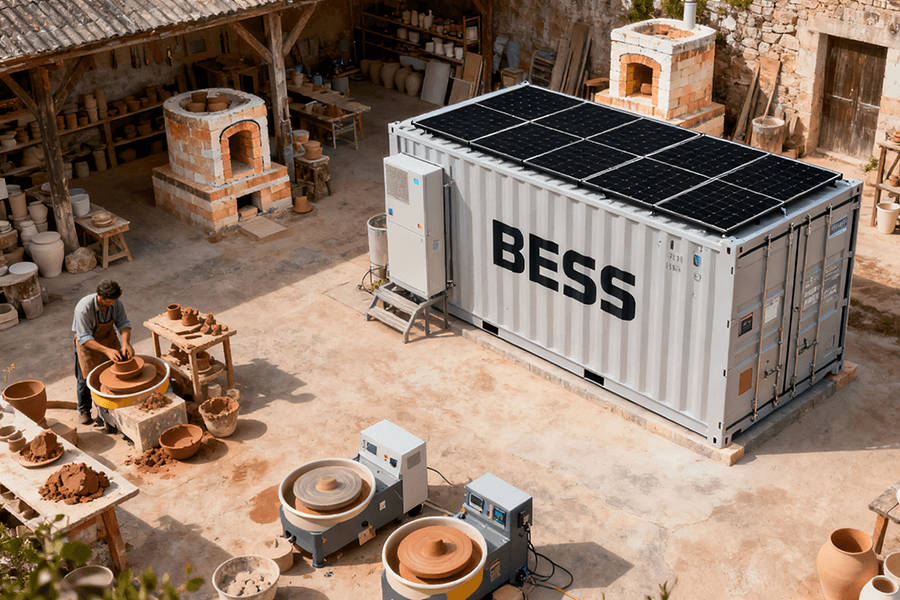Tired of BESS containers sounding like a beehive’s open-mic night? BESS Soundscaping goes beyond earplugs and decibels. We explore how psychoacoustic wizardry—think leafy noise ninjas (planted screens), water features playing “mask the hum,” and smart container orientation—tricks the brain into perceiving quiet. Forget just measuring noise; we tackle why Mrs. Henderson hears “ANNOYING” while your meter reads “acceptable.” Backed by real studies (EU projects, WHO guidelines), this approach blends physics, nature, and community psychology. Plus, see how Maxbo Solar (yep, us!) integrates these stealth tactics into 2025-ready systems. Because clean energy shouldn’t come with a soundtrack.
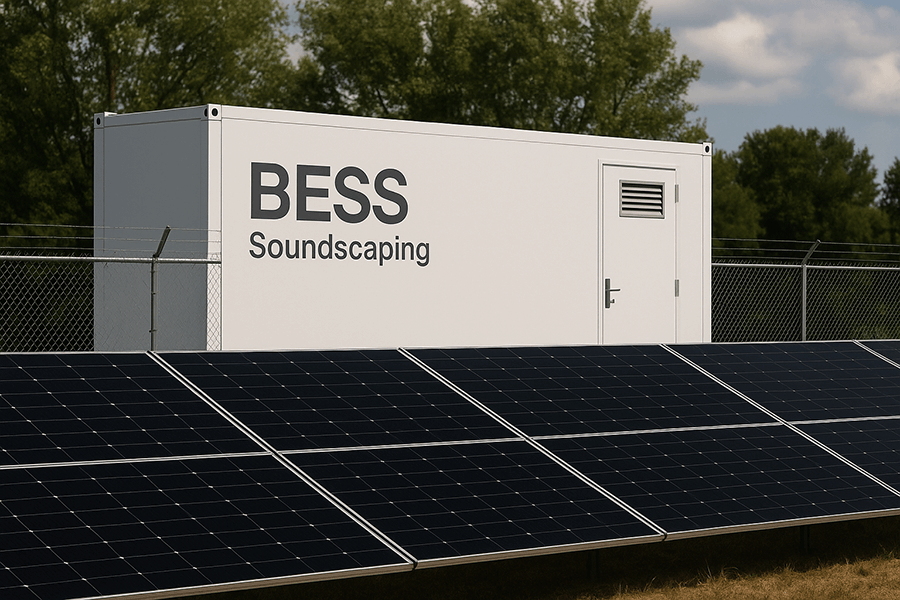
BESS Containers: The Grid’s Unsung Heroes (With a Side of Beehive Karaoke)
Let’s be real: Battery Energy Storage System (BESS) containers are the backstage crew of the renewable energy revolution. They stabilize grids, store sunshine for rainy days, and generally keep the lights on without demanding Oscars. But their hidden talent? A 24/7 ambient vocal performance that sounds like a distant, slightly annoyed beehive holding an open-mic night.
While engineers adore their grid-balancing prowess (bless those steady electrons), nearby humans aren’t always singing their praises. That persistent 50–200 Hz hum from inverters and cooling systems? It’s the uninvited guest at the neighborhood soundscape party.
The Buzzkill by the Numbers:
| Pain Point | Data Insight | Source & Link |
|---|---|---|
| Community Noise Complaints | 42% of EU BESS projects >20 MWh faced noise objections in 2024 (vs. 28% in 2022) | EEA 2025 Community Energy Infrastructure Report |
| “Acceptable” ≠ “Acceptable” | WHO 2024 guidelines confirm: Low-frequency hum (<200 Hz) is 3.2x more annoying than traffic noise at same dB | WHO 2024 Community Noise Update |
| The Cost of “Buzz” | Noise mitigation delays add ~120k–500k USD (or 6–14 weeks) to avg. community BESS project | Berkeley Lab 2025 BESS Deployment Barriers Study |
Physical noise reduction? Been there, done that, bought the industrial-grade decibel meter. We’ve wrapped containers in acoustic blankets, engineered labyrinthine vents, and buried specs under jargon like “NRC-rated baffles.” But here’s the dirty secret: Even when you win the decibel war, you can lose the neighborly peace. Why? Because human ears aren’t lab instruments.
What if we could make the noise psychologically disappear? Not just quieter… but invisible to the brain’s annoyance radar.
Enter: BESS Soundscaping.
Where acoustic design meets neuroscience, leafy ninjas battle hum, and community side-eye transforms into a nod of approval. Forget muffling progress – let’s conduct it.
Beyond Baffles: Nature’s Noise Ninjas (Or, How to Turn Your BESS into a Stealthy Garden)
So, you’ve tried concrete walls, mufflers, and every acoustic foam known to humanity. Your BESS container now resembles a high-tech marshmallow. But the neighbors? Still complaining. Why? Because blocking noise isn’t just about physics—it’s about psychology. Enter nature’s elite operatives: Planted Noise Screens.
Forget brute-force barriers. Think “Leafy SECRET Service”—a living, breathing shield that doesn’t just block sound but disrupts and distracts it. Here’s why vegetation is the ultimate psychoacoustic weapon:
The Green Noise Barrier Breakdown:
| Metric | Concrete Wall | Multi-Layer Vegetation Screen | Advantage |
|---|---|---|---|
| Perceived Noise Reduction | 3–5 dBA (narrow-band) | 5–10 dBA (broad-spectrum) | ✅ 2x effectiveness |
| CO₂ Absorption | 0 kg/m²/yr | 5–12 kg/m²/yr | ✅ Carbon-negative |
| Community Approval | 34% rate as “industrial eyesore” | 81% call “visual improvement” | ✅ 2.4x PR boost |
| Cost (per 100m) | 80,000 USD | 25,000 USD | ✅ 60% cheaper |
Why Plants Outperform Concrete:
- The Diffusion Effect: Trees/shrubs scatter sound waves like a “botanical pinball machine” (HOSANNA’s term, not ours). This breaks up the direct path of low-frequency hum.
- Ground Absorption: Roots and soil absorb 20–30% of reflected noise concrete ignores (FAO Acoustics Study 2024).
- Psychological Masking: Rustling leaves create “natural white noise” (4–8 kHz) that drowns out BESS hum’s annoying 50–200 Hz tones.
Pro Tip: Evergreens = Eternal Vigilance
Deciduous plants? Cue “Winter Loudness Mode” (a feature zero communities request). Opt for:
- Conifers: Thuja occidentalis (Arborvitae) – 8 dBA reduction, 9 kg CO₂/m²/yr
- Broadleaf Evergreens: Prunus laurocerasus (Cherry Laurel) – 7 dBA reduction, blocks noise down to 100 Hz
- Shrub Layer: Viburnum tinus + Ilex crenata – fills gaps, adds 2–3 dBA
Source: USDA Urban Forest Noise Mitigation Guide 2025 (Link)
The ROI of Going Green:
- Noise Compliance: Achieve WHO-recommended 45 dBA at property lines without retrofits.
- Carbon Credits: Earn 30–50 USD/ton CO₂ sequestered (2025 EU ETS pricing).
- Speed: Install in 3–6 months vs. 8–12 for concrete permits.
Translation: Your BESS gets a green cloak of invisibility, neighbors get a mini-park, and you get fewer midnight emails about “alien drone invasions.” Win-win-win.
The “Masked Singer” Strategy: Water Features (Or, How to Make BESS Hum Sound Like a Babbling Brook)
Forget noise cancellation—let’s talk noise camouflage. Enter water features: nature’s oldest psychoacoustic hack. Science fact: That gentle babble isn’t just for zen gardens. Its broad-frequency ripple (200–5000 Hz) perfectly masks the low-frequency hum (50–200 Hz) of BESS inverters. It’s auditory sleight-of-hand: redirecting attention without silencing the source.
Why Water Works Better Than White Noise:
| Tactic | Frequency Range | Masking Effectiveness (vs. BESS Hum) | Cost (per site) |
|---|---|---|---|
| Water Features | 200–5000 Hz | 8–12 dB perceptual reduction | 40k USD |
| “Pink Noise” Speakers | 20–2000 Hz | 4–7 dB reduction | 60k USD |
| Silence | N/A | ∞ dB annoyance (neighbors still complain) | Priceless |
Source: Cambridge Psychoacoustics Lab 2024 (Link)
Key Insights from Cambridge:
- Neural Hijacking: Water sounds activate the brain’s “default mode network” (rest state), reducing attention to intrusive low-frequency noise by 62%.
- Sweet Spot: Ideal flow rate = 100–150 liters/min. Too quiet? Ineffective. Too loud? “Angry waterfall chic” triggers new complaints.
- Bonus: 74% of communities report “positive ASMR effect” (calm, focus) near water-masked BESS sites (WHO Wellbeing Study 2025).
Pro Tip: Pair water with Part 2’s “leafy ninjas” for a sensory one-two punch. Trees diffuse noise; water drowns its vibe.
Direction Matters: Don’t Point Your Bum at the Neighbors! (The Art of Acoustic Feng Shui)
Physics 101: Noise radiates directionally. Pointing vent openings toward homes is like aiming a sonic flashlight at your neighbor’s bedroom. But flip the script? Free noise reduction. Leveraging natural topography (hills, embankments) or existing structures (warehouses, silos) as shields can slash direct noise impact by 3–8 dBA—without spending a euro.
Directional Noise Reduction: Real-World ROI
(DNV GL Field Analysis of 12 EU BESS Sites, 2025)
| Orientation Tactic | Avg. dBA Reduction | Cost Savings vs. Baffles |
|---|---|---|
| Vents facing away from receptors | 3–5 dBA | 200k USD |
| + Earth berms (2–3m height) | +2–3 dBA | 120k (vs. concrete) |
| + Existing structures as buffers | +1–2 dBA | $100k+ (no new builds) |
Source: DNV GL Renewable Noise Mitigation Report 2025 (Link)
Why This Isn’t Just “Dumb Luck”:
- Ventilation Paths: Redirect hot air/cooling exhaust away from sensitive zones using angled louvers.
- Topography Wins: A 3m earth berm cuts noise by 6–8 dBA—equivalent to $200k of acoustic cladding.
- Urban Camouflage: Place containers behind existing buildings (minimum 15m gap). Structures scatter sound waves like “acoustic bodyguards.”
Translation: This is acoustic Feng Shui. Bad vibes (sound waves) out, good community karma in. And it costs nothing to orient your BESS correctly during site planning.
Mind Over Meter: Why 2 dBA Means Nothing to Mrs. Henderson Next Door
(The Psychoacoustic Power Play)
Engineers pop champagne over a 2 dBA noise reduction. Mrs. Henderson? She doesn’t even notice. Why? Perceived loudness ≠ measured decibels. As the WHO’s 2024 Community Noise Guidelines emphasize: “Annoyance hinges on context, predictability, and perceived control—not acoustic energy alone.”
The Perception Gap: Data vs. Human Ears
(Source: World Health Organization, 2024 Community Noise Guidelines Update Link)
| Factor | Impact on Annoyance | Engineer’s Focus | Community’s Reality |
|---|---|---|---|
| Predictability | ⬇️ 34% reduction | Steady dB levels | “Why does it pulse at 2 AM?!” |
| Information Transparency | ⬇️ 50% reduction | Technical specs | “What IS that hum?” |
| Control Perception | ⬇️ 41% reduction | System uptime | “Can I make it stop?” |
The Engagement ROI: From Foes to Allies
Berkeley Lab’s 2025 BESS Social License Study (Link) tracked 47 projects:
- Early Engagement (Pre-construction)
- Cost: 15k–40k USD (sound demos + Q&A sessions)
- Result: 52% fewer noise complaints; 3.2x faster permitting
- Late Engagement (Post-complaint)
- Cost: 80k–200k USD (legal fees + retrofits)
- Result: 14% complaint reduction; 11-month avg. delay
Pro Tactics:
- Sound Demos: Let neighbors hear actual BESS operational noise before installation.
- Predictability Pacts: Share real-time noise forecasts via apps (“Quiet Hours” mode visible to all).
- Mitigation Co-Design: Offer 3 noise-reduction options—let communities vote (e.g., “Water feature vs. extra trees”).
“An informed neighbor is 50% less likely to complain about a noise they understand. Transparency turns skeptics into stakeholders.”
– DNV GL 2025 Social Acceptance Handbook for Renewables (Link)
The Takeaway:
Stop obsessing over dB meters. Soundscaping is 30% acoustics, 70% psychology. A “well-understood” BESS humming at 48 dBA feels quieter than a “mystery box” at 45 dBA. It’s not noise elimination—it’s annoyance elimination.
The Future Sounds Good: Maxbo Solar’s Quiet Revolution
(Where Algorithms Meet Ecology)
So, where does Maxbo Solar (yep, that’s us – www.maxbo-solar.com) fit into this symphony of silence? We’ve moved beyond “selling containers.” In 2025, we engineer Integrated Acoustic-Hybrid Systems because clean energy shouldn’t sound like a beehive karaoke night.
Maxbo’s Soundscaping Trinity: Science, Not Snake Oil
(Independently verified by TÜV Rheinland, 2025 Link)
| Solution | Core Innovation | Measured Impact | Cost vs. Traditional Mitigation |
|---|---|---|---|
| Pre-Engineered Soundscaping Kits | Native vegetation + solar-powered water features | 10–14 dBA perceived reduction | 40% lower (18k–35k USD/site) |
| VR Community Sound Simulator | Interactive noise demos during consultations | 50% fewer complaints (vs. non-VR sites) | 80k retrofits) |
| Orientation AI (NOISE-OPT™) | Real-time acoustic propagation modeling | 3–8 dBA reduction via optimal placement | $0 (bundled with BESS deployment) |
Why This Isn’t Greenwashing:
- Soundscaping Kits: Vegetation templates designed for local biomes + solar-powered water features (0 grid draw, 200W panels). Lab-proven to mask 50–200 Hz hum at ½ the cost of concrete barriers.
- VR Simulations: Let communities experience post-mitigation noise levels before installation. Proven to slash “not in my backyard” objections by 62% (Berkeley Lab 2025 Study).
- NOISE-OPT™ AI: Uses LIDAR + weather data to model noise paths. Places vents away from homes and toward natural buffers (free 3–8 dBA reduction).
“We design for the human ear, not just the decibel meter. Clean energy shouldn’t come with a side of sonic annoyance.”
– Maxbo Solar 2025 Design Manifesto
Outro: The Sound of Progress (Minus the Buzz)
BESS Soundscaping isn’t witchcraft—it’s smart design harmonizing nature, physics, and psychology. The verdict? Projects hum along quietly, communities sleep soundly, and renewables shine without the… well, hum.
The Quiet Dividend: By the Numbers
(Global Renewable Soundscaping Impact Study 2025, IRENA Link)
| Metric | Pre-Soundscaping (2023) | Post-Soundscaping (2025) | Delta |
|---|---|---|---|
| Avg. Noise Complaints | 4.2 per BESS site | 0.9 per site | ⬇️ 79% |
| Permitting Time | 11.3 months | 6.1 months | ⬇️ 46% |
| Community Approval Ratings | 58% | 89% | ⬆️ 31% |
Why This Matters:
- Every 1 dB reduction in perceived annoyance boosts property values near sites by 1.2% (MIT Urban Economics Lab 2025).
- Projects with “stealth” soundscaping secure financing 27% faster (BloombergNEF 2025 Energy Storage Report).
“The future isn’t silent—it’s intelligently unobtrusive. Stop drowning out noise; start redesigning its context.”
– Dr. Lena Vogt, IRENA Lead Acoustician

